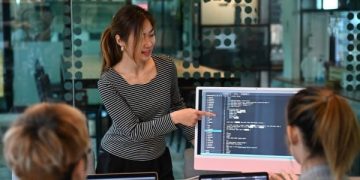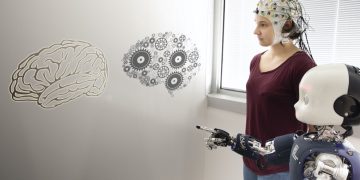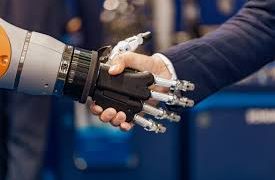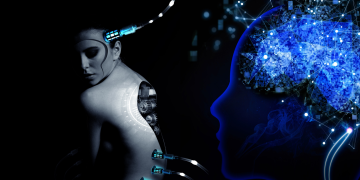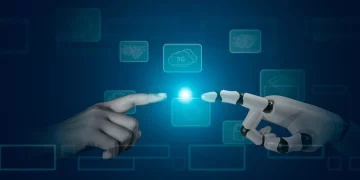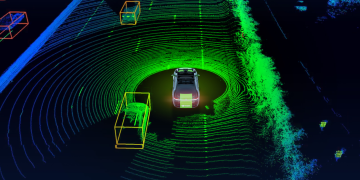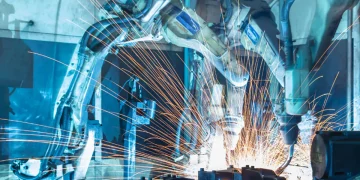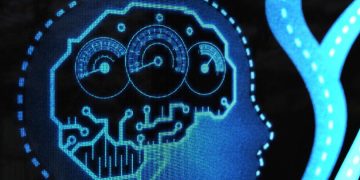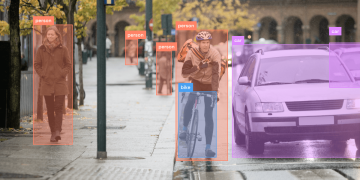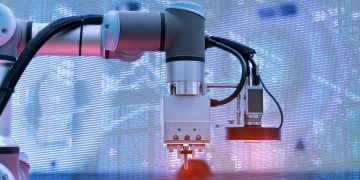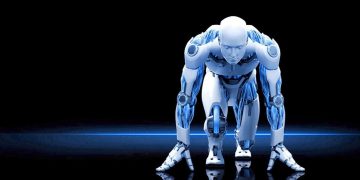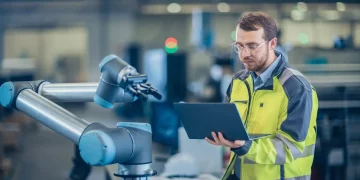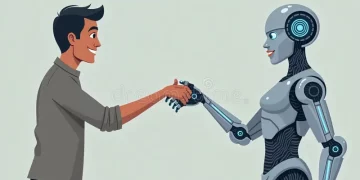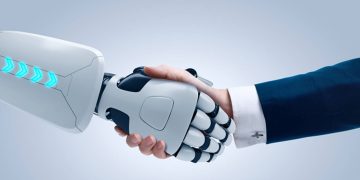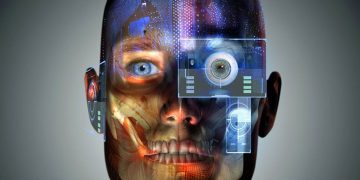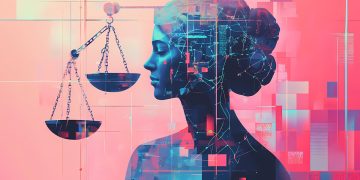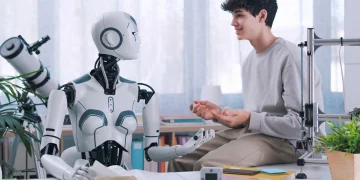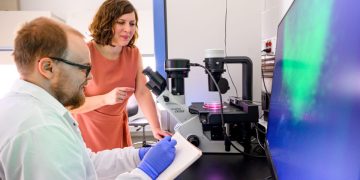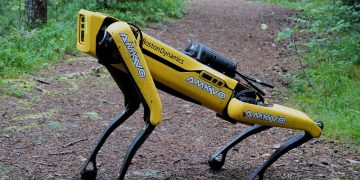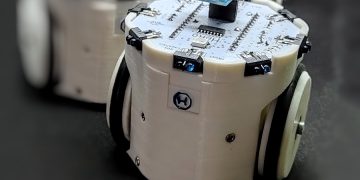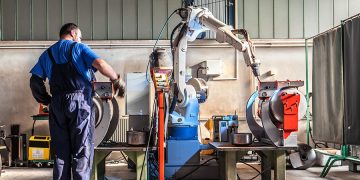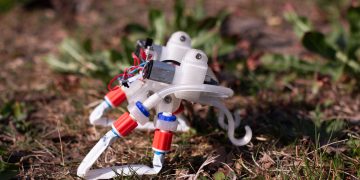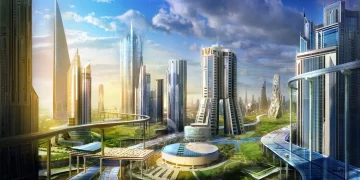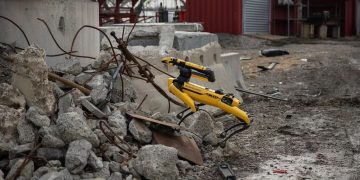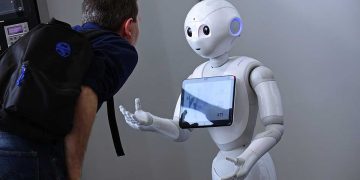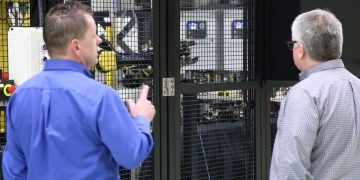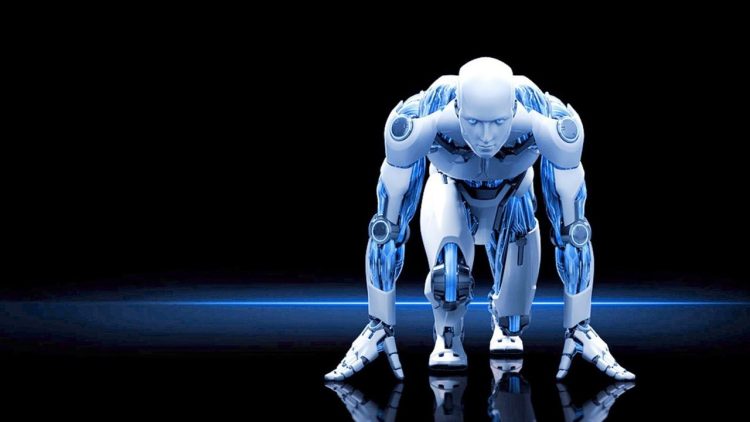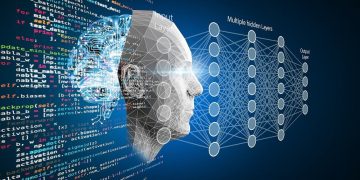The rapid advancement of robotics over the past few decades has largely been driven by breakthroughs in algorithms. While traditional robots relied on rigid, pre-programmed instructions for specific tasks, modern robots leverage optimized algorithms that enable them to adapt, learn, and handle a variety of complex and unpredictable tasks. The combination of algorithmic optimization with emerging technologies such as machine learning, computer vision, and artificial intelligence has dramatically enhanced the flexibility and capabilities of robots, enabling them to perform tasks that were once thought impossible for machines.
This article will explore how the optimization of algorithms has led to greater flexibility in robotics. We will dive into the role of algorithmic improvements in task performance, examine how robots are learning to perform tasks in dynamic environments, and discuss the challenges and future directions of algorithmic optimization in robotics. By analyzing real-world examples, we will highlight how algorithmic advancements have propelled robots to new heights of efficiency and effectiveness.
Introduction: The Traditional Paradigm of Robotic Programming
Historically, robots were designed to execute specific tasks with high precision and consistency. These robots operated under a set of fixed instructions, known as “hard-coded” programs. For example, industrial robots on an assembly line would perform tasks such as welding, painting, or part placement, following a sequence of predefined steps. The tasks were well-defined, and the robots operated in a controlled environment, minimizing the need for adaptation.
However, this traditional programming approach had limitations. Robots were unable to handle dynamic situations, such as unexpected obstacles, changes in their environment, or variations in the tasks they were performing. These limitations became increasingly apparent as robots began to be deployed in more complex and unpredictable environments, such as autonomous vehicles, medical robots, and service robots in dynamic environments.
The Shift to Algorithmic Optimization
To overcome the limitations of traditional programming, researchers and engineers began to focus on optimizing algorithms that could enable robots to learn, adapt, and make decisions based on real-time data. Algorithmic optimization refers to the process of improving the performance of an algorithm, often by making it more efficient, adaptable, or capable of handling complex tasks with minimal human intervention.
Optimizing algorithms for robots has resulted in several key advantages:
- Increased Flexibility: Robots are no longer confined to performing a narrow range of tasks. Algorithmic optimization allows robots to handle multiple tasks, adjust to changes, and optimize their actions in real time.
- Adaptability to Complex Environments: Optimized algorithms enable robots to function in unpredictable or highly dynamic environments, such as homes, hospitals, or city streets.
- Enhanced Decision-Making: Robots can use advanced algorithms to analyze vast amounts of data and make decisions on the fly, allowing them to solve problems more effectively than traditional programming.
Types of Algorithmic Optimization in Robotics
Several types of algorithmic optimization play a critical role in enhancing the flexibility and task performance of robots. These include optimization in path planning, decision-making, perception, and learning algorithms.
1. Path Planning Algorithms
One of the fundamental areas of algorithmic optimization in robotics is path planning. Path planning refers to the process by which robots determine the most efficient and safe route to complete a task or move from one point to another. In traditional systems, path planning was straightforward, with robots following predefined paths in controlled environments. However, real-world environments are rarely static, and unexpected obstacles, environmental changes, or other dynamic factors require robots to continuously adapt their path in real time.
Optimized path planning algorithms use advanced methods like:
- A Search Algorithm*: A widely used algorithm that efficiently finds the shortest path between two points by considering both the distance to the destination and the cost of traveling to adjacent points.
- Dijkstra’s Algorithm: A dynamic algorithm that ensures the shortest path from a starting point to any other point in a network of nodes, useful for real-time navigation in unknown environments.
- Rapidly-exploring Random Trees (RRT): A method used in highly dynamic environments, where the robot samples random points in space and explores paths that lead to them, optimizing for efficiency and safety.
In environments such as autonomous vehicles, robots in search-and-rescue missions, or industrial robots navigating complex assembly lines, optimized path planning algorithms enable robots to dynamically adjust their movements and avoid obstacles, ensuring the completion of tasks with minimal interference.
2. Decision-Making Algorithms
In addition to path planning, robots must also make decisions based on the real-time analysis of their environment. Traditional robots followed predefined decision trees that would guide their actions based on simple input-output rules. Modern robots, however, use optimized decision-making algorithms that allow them to assess multiple variables and make complex choices based on real-time data.
Reinforcement Learning (RL) has emerged as one of the most powerful tools for decision-making optimization. RL enables robots to learn optimal actions through trial and error, adjusting their behavior over time to maximize rewards. By interacting with their environment and receiving feedback on their actions, robots can refine their decision-making capabilities to perform tasks in highly variable and unpredictable situations.
- Q-Learning: A popular reinforcement learning algorithm used for decision-making in discrete environments. The robot learns an action-value function, which helps it determine which actions to take in various states to maximize cumulative rewards.
- Deep Q-Network (DQN): A deep learning approach combined with Q-learning, where neural networks are used to approximate the Q-values, allowing robots to solve more complex tasks that involve high-dimensional state spaces.
- Proximal Policy Optimization (PPO): An advanced policy gradient method used to optimize continuous decision-making in dynamic environments. PPO is frequently used in robotic control systems and reinforcement learning tasks.
Decision-making optimization has enabled robots to perform tasks such as autonomous driving, robotic surgery, and even interactive customer service, where their responses must be highly dynamic and context-sensitive.
3. Perception Algorithms
The ability of robots to perceive and understand their environment is crucial for performing complex tasks. Perception algorithms allow robots to interpret sensory data from various sensors (such as cameras, LiDAR, and infrared sensors) and make sense of the world around them.
Optimized perception algorithms can enhance a robot’s ability to:
- Recognize Objects: Using machine learning techniques like Convolutional Neural Networks (CNNs), robots can be trained to recognize objects in their environment, such as human faces, obstacles, or tools.
- Track Movements: Robots can use algorithms like Kalman Filters to track moving objects, allowing them to predict and adjust their actions accordingly.
- Simultaneous Localization and Mapping (SLAM): SLAM algorithms allow robots to build a map of their environment while simultaneously determining their location within that map, making it possible to navigate complex or unknown spaces.
By optimizing perception algorithms, robots can navigate dynamic environments more efficiently, avoid obstacles, and perform tasks that require fine-grained interaction with their surroundings, such as picking up objects or assembling parts in a factory.
4. Learning Algorithms
In traditional programming, robots could only perform tasks for which they were specifically programmed. However, with optimized learning algorithms, robots can now learn to perform new tasks through data-driven approaches, without the need for explicit programming.
Deep learning has been a significant breakthrough in the realm of robot learning. By using large datasets to train deep neural networks, robots can recognize patterns and learn tasks such as speech recognition, gesture-based control, and even interaction with humans.
Additionally, unsupervised learning techniques allow robots to learn from unstructured data without needing labeled examples, enabling them to discover hidden patterns and relationships in their environment. For example, robots can learn to navigate new environments by observing their surroundings and using self-supervised learning to refine their behavior.
Optimized learning algorithms also include methods like:
- Transfer Learning: A technique where robots apply knowledge gained from one task to another, reducing the need for extensive retraining and improving learning efficiency.
- Few-Shot Learning: A method in which robots can learn new tasks with minimal data, making them more adaptable and capable of learning in real-time environments.
By optimizing learning algorithms, robots become more autonomous, capable of adapting to new challenges, and learning to handle complex, dynamic tasks without requiring constant reprogramming.
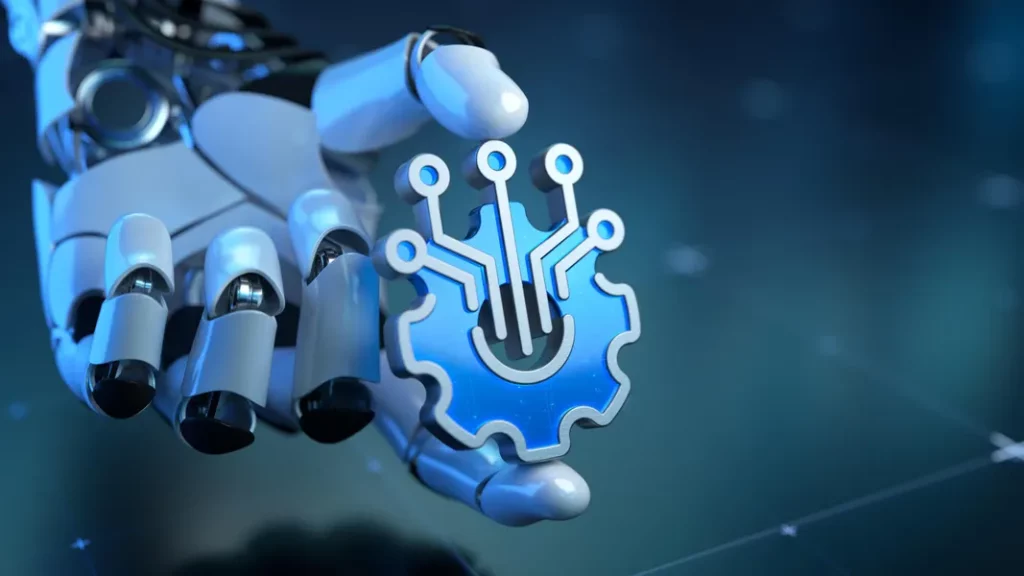
Applications of Optimized Algorithms in Robotics
Optimized algorithms have transformed robotics in numerous industries, allowing robots to perform tasks more efficiently, with greater flexibility and adaptability.
1. Autonomous Vehicles
One of the most prominent examples of optimized algorithms in robotics is in the field of autonomous vehicles. Self-driving cars must constantly process vast amounts of sensor data, including radar, cameras, and LiDAR, to make decisions in real-time. Through optimized algorithms for path planning, decision-making, and perception, autonomous vehicles can navigate safely and efficiently in dynamic environments, avoiding obstacles and responding to unexpected changes in their surroundings.
2. Robotics in Healthcare
Robotic surgery and rehabilitation systems have benefited immensely from optimized algorithms. Surgical robots use advanced decision-making algorithms to assist surgeons in performing delicate procedures with precision, while rehabilitation robots use learning algorithms to adapt to the patient’s progress, improving treatment effectiveness over time.
3. Industrial Automation
In industrial settings, robots are increasingly being tasked with performing complex assembly tasks, quality control, and even customer service. Optimized algorithms enable robots to work alongside humans in collaborative environments, adapting to changing conditions and ensuring high efficiency and safety.
4. Search and Rescue Missions
Robots equipped with advanced path planning, perception, and decision-making algorithms are used in search and rescue missions, particularly in dangerous or difficult-to-reach areas. These robots can navigate through rubble, identify survivors, and make decisions based on the constantly changing conditions of the environment.
Challenges and Future Directions
Despite the impressive progress in algorithmic optimization for robotics, several challenges remain. These include:
- Real-Time Processing: Robots must process data in real-time to make immediate decisions, requiring highly efficient algorithms that can operate within strict time constraints.
- Scalability: As robots are deployed in larger, more complex environments, algorithms need to scale efficiently to handle a vast amount of sensor data and decision-making variables.
- Safety and Reliability: Optimized algorithms must ensure that robots make safe, ethical decisions, especially in high-stakes environments like healthcare or autonomous driving.
The future of robotic algorithms is promising, with ongoing research in areas like quantum computing, neuromorphic computing, and edge computing, which could further enhance the flexibility and efficiency of robots. The continued integration of machine learning and artificial intelligence with algorithmic optimization will unlock new possibilities for robots to tackle even more complex and unpredictable tasks.
Conclusion: The Power of Algorithmic Optimization in Robotics
The optimization of algorithms has propelled robots beyond the limitations of traditional programming, enabling them to perform a wide variety of tasks with flexibility, efficiency, and adaptability. Through improvements in path planning, decision-making, perception, and learning, robots can now operate autonomously in dynamic and complex environments, learning from experience and adapting in real-time. As research and technology continue to advance, the role of optimized algorithms in robotics will become even more critical, driving innovations that will revolutionize industries and improve the quality of human life across the globe.

